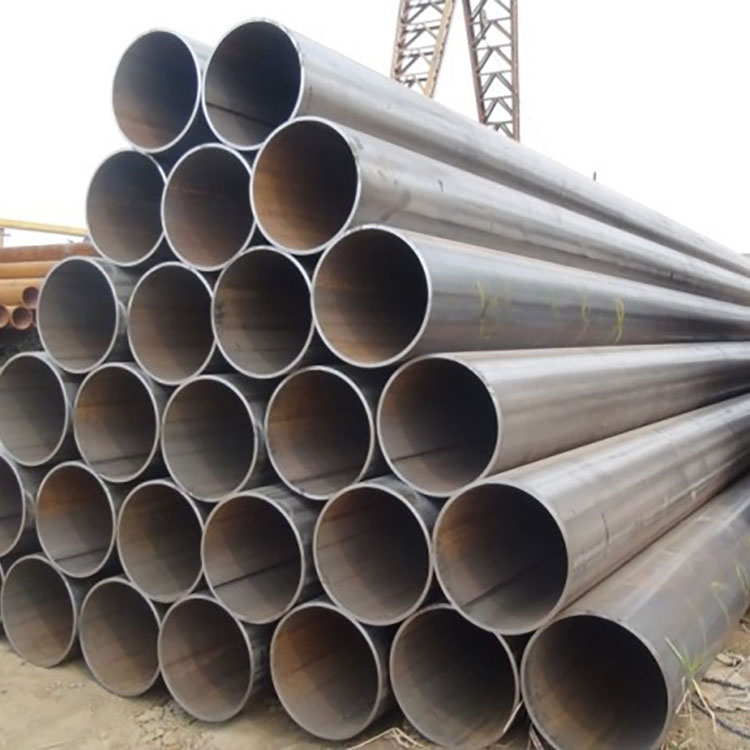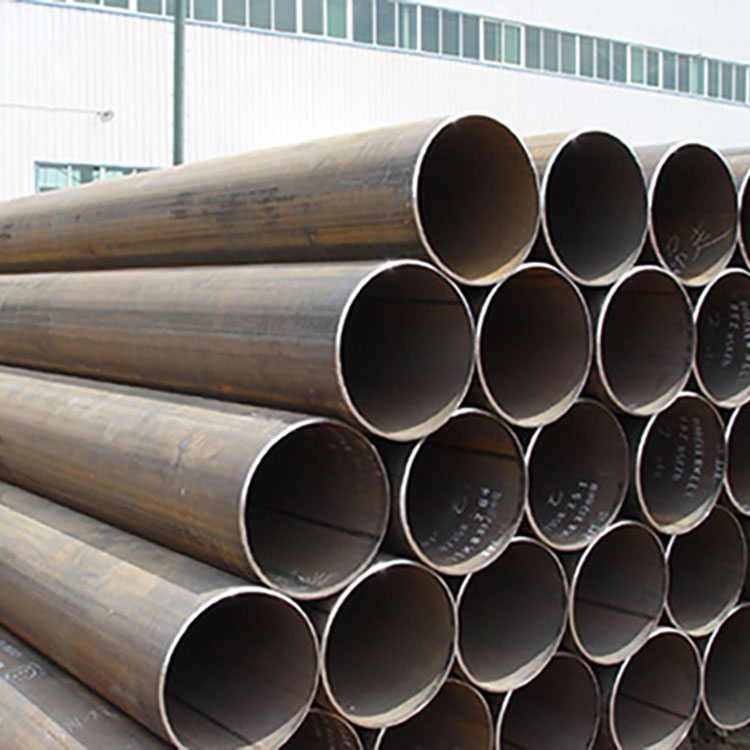

Longitudinal welding of pipes is a welding process used to join two pieces of metal along their length to create a continuous pipe. This process involves welding along the longitudinal axis of the pipe, hence the name.
Before welding, the edges of the metal plates or sheets that will form the pipe are prepared. This typically involves cleaning the edges to remove any contaminants and ensuring they are properly aligned.

Tack welding is often used to temporarily hold the pieces together in the correct alignment before the final welding. Tack welds are small, temporary welds applied at intervals along the seam.
The longitudinal welding pipe process involves applying heat to the edges of the metal plates or sheets to be joined, typically using techniques such as arc welding, gas welding, or laser welding. The heat causes the edges to melt and fuse together, forming a continuous seam along the length of the pipe.

After welding, the welded joint is allowed to cool, and then it is inspected for quality and integrity. This may involve visual inspection, as well as non-destructive testing methods such as ultrasonic testing or radiographic testing to ensure the weld meets the required standards for strength and integrity.
Longitudinal welding pipe is commonly used in the manufacture of welded steel pipes and tubes for various applications such as pipelines, structural supports, and plumbing systems. It offers advantages such as efficiency in production, high strength welds, and the ability to produce pipes of various lengths and diameters.
